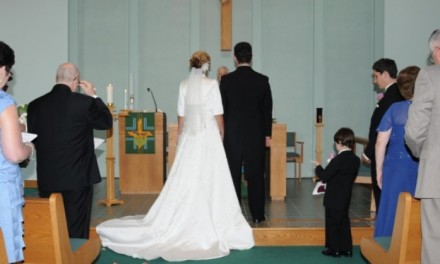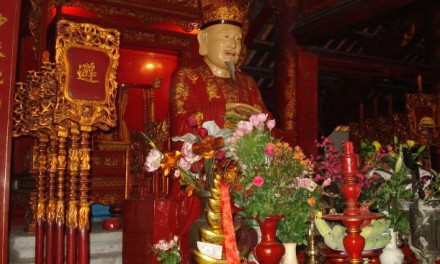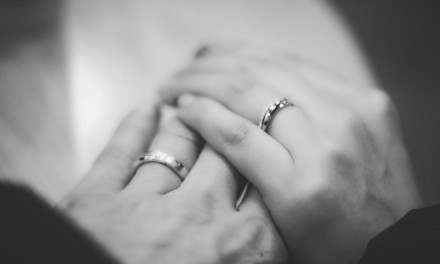It takes a real man to earn an Eskimo bride.
Among the Siberian Yupiks, a dwindling, but tough tribe of Alaskan Eskimos, an engagement is initiated with a pile of gifts for the intended bride’s family.
The groom’s family must pool their resources and come up with a whole houseful of wedding gifts, including things like hunting rifles, sealskins, appliances, loaves of bread, and other practical items useful for life and basic survival on the Yupiks’ home, a cold, barren, treeless island 38 miles from the Chukchi peninsula, where they have resided since around 500 A.D.
If the bride’s family deems the mountain of gifts acceptable, the groom’s work is just beginning.
The poor groom must spend the next year at the beck and call of the bride’s family, hunting animals like whales, polar bears and seal, checking the family salmon nets, and also doing whatever other household chores are demanded of him.
Can you imagine an American groom undergoing this kind of trial by fire from his in-laws to be?
Could you also imagine an American married couple celebrating their anniversary at a party where the hors d’oeuvres included slices of raw whale blubber, chunks of smoked seal meat, and walrus flippers?
However this diet makes sense in a region where any food is scarce and people had to eat whatever they could trap, shoot, spear or catch in nets.
Unlike men in the lower 48 states, Eskimo men prize plump brides who are seen as symbols of health and wealth.
Divorce is another way that Eskimo marriage customs are different than in the rest of the United States.
While divorce occurs, it is not nearly as common as it is elsewhere in the U.S.
Perhaps this is because arranged marriages are the tradition in Eskimo culture and still occur with reasonable frequency.
Dating is becoming more common among Eskimo teens and young people, though group activities take precedence over the dating activities of individual couples.
One Eskimo wedding custom that is fast fading into history is the idea of plural marriage.
In the past, an Eskimo man could have more than one wife if he was a good hunter and could prove to the bride’s family that he could provide for multiple wives.
However, while this was possible in Eskimo culture, it was rarely practiced.
Interestingly, different Eskimo groups would sometimes arrange temporary marriages as a way of strengthening the bonds between different clans that were forged for hunting expeditions or warfare against other tribes.





